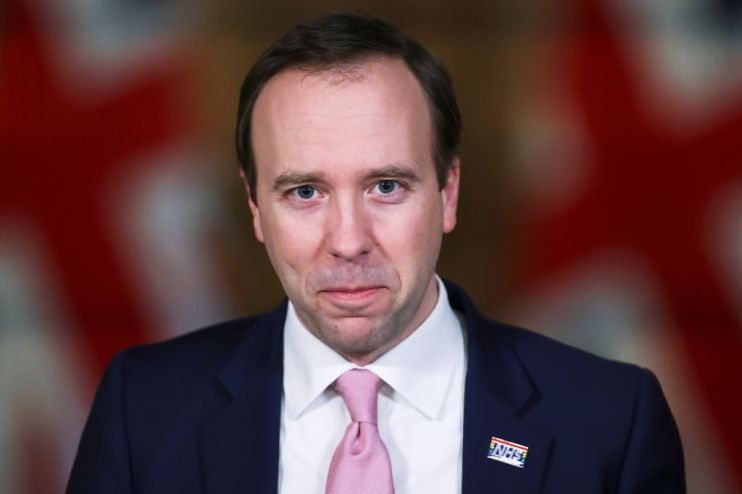Greensill, PPE and cronyism: Ministers need to be honest with each other about procurement contracts as well as the public

Procurement normally only captures our attention when something has gone seriously wrong: the collapse of Carillion, who-you-know Covid contracts, unusual supply chain finance proposals, or jewellery designers and hedge-funds supplying PPE at extortionate prices.
Although such blunders rarely escape the front pages, those who care to see taxpayers’ money well spent should also pay attention in quieter times.
Every year, around £400 billion is spent on government suppliers – over a billion every day in the normal course of business. With stakes this high, even a small margin of error or inefficiency will burn a big hole in the public pocket.
Ministers must crack down harder on poor spending across its procurement decisions. To do this, people often cry, we need more transparency about how, and with who, it operates. The harsh light of day will act as “the great disinfectant” and clean out bad practice. It will mean the public can easily see how their money is spent, they can know whether it is spent wisely and decisions can be accounted for. Rarely does a procurement scandal end without calls for the government to open up about its buying. It has become something of a battle cry for those who have cited cronyism in the pandemic.
These critics are right: public procurement must become more transparent. The irony, though, is that they rarely realise just how right they are.
Transparency should not just mean playing it straight with the public, the problem runs much deeper. Like many things in government, procurements often happen in siloes, and the people running them don’t talk to each other. This way of working, driven by a fragmented public sector and outsized concerns about commercial sensitivity, means procurement is a closed book within government itself.
Government stands to gain much from doing things differently. The public sector sits on a goldmine of data about contracts, suppliers, and how they perform. It is madness that this knowledge isn’t pulled together and shared. If it was, those tasked with spending public money would have a far better understanding of what fellow buyers are up to. They would know better what works and what doesn’t, which suppliers can be trusted, and where a problem has already been tried and solved.
This shared knowledge would make the government far better at spending our money wisely. This is a prize worth chasing. Emergency spending during the pandemic has put a £40 billion hole in the public finances, saving just 5 per cent of the procurement budget would plug half of that.
In the past this mountain of data has been simply too big to summit, making it harder to pool knowledge. However, as a report from the Reform think tank argues today, this is no longer the case. New procurement technologies make it easier than ever to access, analyse and exploit this data for insights into better buying. This would give public procurement teams the same tools that are already second nature to FTSE companies.
These technologies are the future of public procurement, so if the government wants to keep its edge, it needs to get on the front foot. The recent Green Paper on procurement makes some recommendations on transparency but has little to say on letting procurement data flow better around government, let alone how to make the most of these new technologies. The discussion remains hung up on confidentiality clauses, which means most contracts are disclosed only with heavy redaction that make them of little learning value to anyone.
Ministers must be more forward thinking. Radical transparency can make the public sector more agile, less vulnerable to mistakes, and deliver better value for public money, all while boosting public trust.
If decisions continue to be made as before, future successes that could be scaled and mistakes that could be learned from will continue to fall under the radar. The public can expect more missed opportunities, more scandals, and less value for the taxes it pays. It doesn’t have to be this way. As the Prime Minister seeks to shore up the public finances post-pandemic, radical transparency has never been needed more.